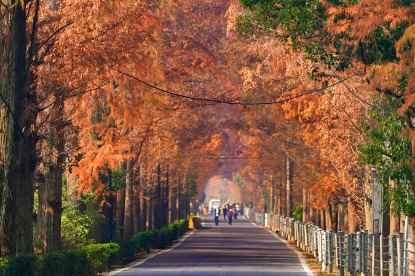Saving the golden orchid
Scientist revels in growing rare, once-endangered species in the lab and replanting it in the wild, Li Yingxue reports.


Global icons
Yang's fascination with orchids began in 1991. What started as a scientific pursuit gradually turned into a lifelong passion. "The deeper I dug into the world of orchids, the more I realized there's more than just science here," he says. "There's culture, there's significance; and that's when I truly fell in love with them."
To Yang, orchids are not just plants. They are global icons, adored across continents. Each year, orchid-themed conferences and exhibitions take place around the world, drawing scientists, collectors and enthusiasts alike. Scientifically, they're one of the most expansive families of flowering plants — around 30,000 species strong, found nearly everywhere on Earth except the poles.
They're also among the most threatened. In China's 2021 list of key protected wild plants, released by the National Forestry and Grassland Administration, orchids accounted for about a third of all listed species, with over 1,100 in total.
Yet, their value goes far beyond rarity. Many orchids have powerful medicinal use. Yang highlights several orchids used in traditional Chinese medicine — Gastrodia elata, Dendrobium officinale, and Anoectochilus roxburghii — still in high demand today. "The supply often can't keep up," he says.
"Orchids in China bloom across all seasons," Yang says, effortlessly listing them as if flipping through a well-worn field journal. "Cymbidium goeringii opens in February, and Gladiolus comes alive in July and August."
He often says with a smile: "Wherever the flowers bloom, I go."
- Road accident in East China kills 4
- Health Bureau: Free Chinese medicine services for Tai Po fire victims
- Satellite launch marks a new milestone in UAE-China cooperation
- HK fire: 4,510 residents in shelters as support fund reaches HK$3.6b
- Scholars, industry insiders call for a responsible, scientific, credible think tank research system
- Remains of former Chinese leader Wang Bingqian cremated




































